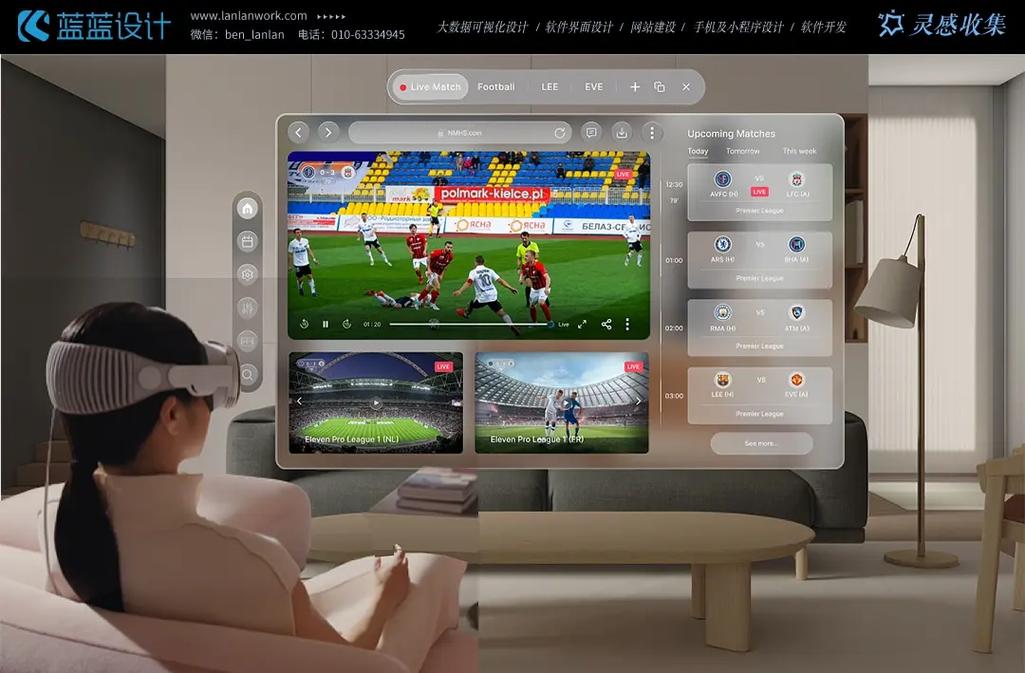
Are you intrigued by the possibilities of augmented reality (AR) and virtual reality (VR)? These technologies are revolutionizing the way we interact with the digital world, offering immersive experiences that blur the lines between the physical and virtual. In this article, we’ll delve into the intricacies of AR and VR, exploring their definitions, applications, development tools, and the future of these groundbreaking technologies.
Understanding AR and VR
Before we dive into the details, let’s clarify the difference between AR and VR. AR enhances the real world by overlaying digital information, while VR creates a completely virtual environment that isolates the user from the physical world.

AR, short for Augmented Reality, is a technology that overlays digital information onto the real world. This can be achieved through a smartphone camera, AR glasses, or even a simple pair of glasses with a built-in display. AR applications range from gaming and entertainment to practical uses like navigation, education, and even healthcare.
VR, on the other hand, stands for Virtual Reality. It creates a fully immersive virtual environment that can be experienced through VR headsets or other devices. VR is often used for entertainment, such as gaming and movies, but it also has applications in education, training, and even therapy.
Applications of AR and VR
AR and VR have a wide range of applications across various industries. Here are some notable examples:
| Industry | Application |
|---|---|
| Healthcare | Training medical professionals, virtual surgeries, and patient care |
| Education | Immersive learning experiences, virtual field trips, and interactive textbooks |
| Real Estate | Virtual property tours, interior design, and architectural visualization |
| Entertainment | Video games, movies, and immersive storytelling |
Development Tools for AR and VR
Developing AR and VR applications requires specialized tools and programming languages. Here are some of the most popular options:

- Unity: A popular game development platform that supports both AR and VR. It offers a user-friendly interface, a vast library of assets, and a strong community of developers.
- Unreal Engine: Known for its high-quality graphics, Unreal Engine is another popular choice for AR and VR development. It supports multiple programming languages and offers a powerful visual scripting system called Blueprints.
- ARKit and ARCore: These are Apple and Google’s respective AR development platforms, offering tools and frameworks for building AR applications on iOS and Android devices.
- VR SDKs: Many VR headset manufacturers provide software development kits (SDKs) that allow developers to create VR applications for their specific hardware.
The Future of AR and VR
The future of AR and VR is bright, with endless possibilities for innovation and growth. Here are some trends to watch:
- More Affordable Hardware: As technology advances, we can expect to see more affordable AR and VR devices that are accessible to a wider audience.
- Improved Integration: AR and VR will continue to integrate with other technologies, such as artificial intelligence and the Internet of Things, creating new and exciting applications.
- Better User Experience: Developers will focus on improving the user experience, making AR and VR more intuitive and accessible to a broader range of users.
In conclusion, AR and VR are transforming the way we interact with the digital world, offering immersive experiences that are both entertaining and practical. As these technologies continue to evolve, we can expect to see even more innovative applications and a wider adoption across various industries.







